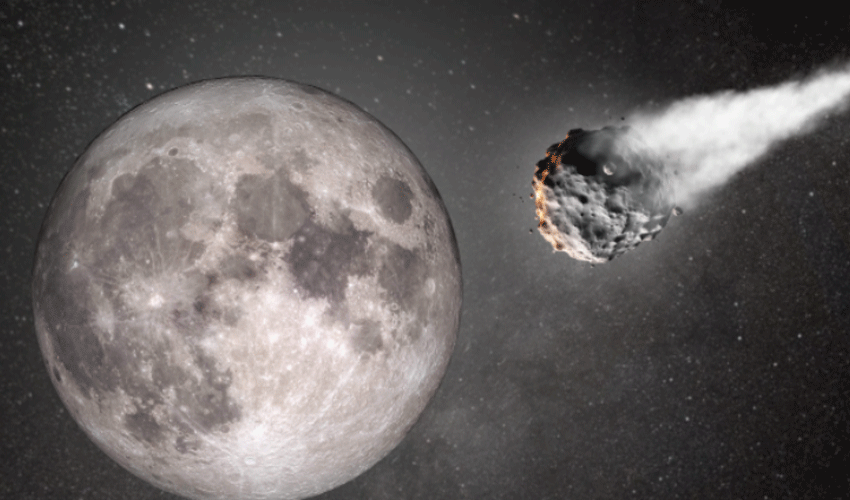Around 11,300 years ago, a massive star teetered on the precipice of annihilation. It pulsed with energy as it expelled its outer layers, shedding the material into space.
Eventually it exploded as a supernova, and its remnant is one of the most studied supernova remnants (SNR). It’s called Cassiopeia A (Cas A) and new observations with the Chandra X-ray telescope are revealing more details about its demise.
Cas A’s progenitor star had between about 15 to 20 solar masses, though some estimates range as high as 30 solar masses. It was likely a red supergiant, though there’s debate about its nature and the path it followed to exploding as a supernova. Some astrophysicists think it may have been a Wolf-Rayet star.
In any case, it eventually exploded as a core-collapse supernova. Once it built up an iron core, the star could no longer support itself and exploded. The light from Cas A’s demise reached Earth around the 1660s.
There are no definitive records of observers seeing the supernova explosion in the sky, but astronomers have studied the Cas A SNR in great detail in modern times and across multiple wavelengths.
“It seems like each time we closely look at Chandra data of Cas A, we learn something new and exciting,” said lead author Sato in a press release. “Now we’ve taken that invaluable X-ray data, combined it with powerful computer models, and found something extraordinary.”
One of the problems with studying supernovae is that their eventual explosions are what trigger our observations.
A detailed understanding of the final moments before a supernova explodes is difficult to obtain.
“In recent years, theorists have paid much attention to the final interior processes within massive stars, as they can be essential for revealing neutrino-driven supernova mechanisms and other potential transients of massive star collapse,” the authors write in their paper.
“However, it is challenging to observe directly the last hours of a massive star before explosion, since it is the supernova event that triggers the start of intense observational study.”







